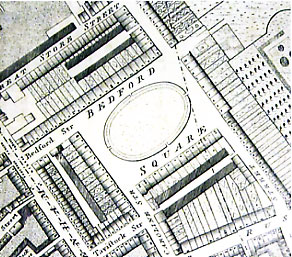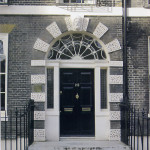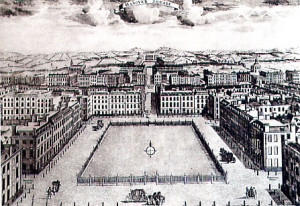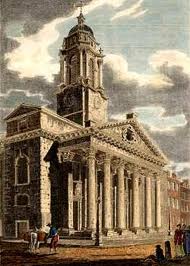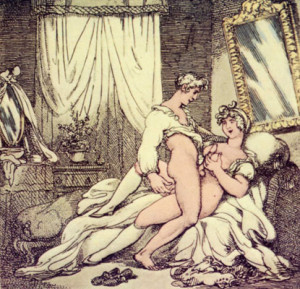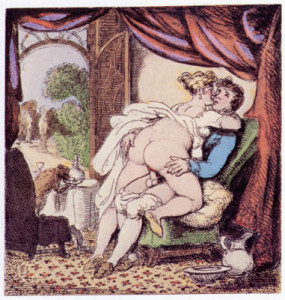Today’s visit to my library involves a new acquisition. Historic Streets and Squares by Melanie Backe-Hansen. This lovely and detailed book covers a variety of streets and square ranging from Scotland and the North of England, through the Midlands and South-West England, East Anglia, and Southern England to Wales and Ireland, with special attention paid to London. Today, I’d like to look at two of the London squares that will probably be familiar to most of you. The quotes and most of the illustrations are from the book.
Bedford Square is unique as it was not only planned as in imposed uniform square, but it is the only Georgian square to survive in almost its complete original form. Built in 1775-83, it was the inspiration of John Russell, the 4th Duke of Bedford, who wanted to replicate the style and imposing design of the Circus in Bath. The initial plans for a circus, evolved into a square.
Bedford Square is commonly accepted as the most complete and best preserved of all London’s Georgian Squares and was one of the first squares in London to impose an architectural uniformity around a central garden square. Bedford Square is architecturally significant because followed directly after the 1774 London Buildings Act, which regulated building construction. Eached terraced row appears as a complete palace-fronted facade, with stucco pedimented centres.
Moving along, let’s take a quick look at Hanover Square. Hanover Square and the accompanying George Street date back to 1713 when Richard Lumley, 1st Earl of Scarborough, signed a conveyance of 2 acres of freehold land. The land originally belonged to Lord Harley, who married Lady Henrietta Cavendish Holles, heiress of John, Duke of Newcastle, who inherited the Marylebone estate. (Got that?) The lease with Scarborough covered an area south from today’s Oxford Street, encompassing the central square, along with two roads leading into from the east, two from the west, and one on the north, and the wider George Street on the south. Hanover Square was the first square in Mayfair, laid out from 1717 to 1719. Sir John Summerson called it the foundation stone of Mayfair.”
Although not technically within Hanover Square, St. George’s Church (of Regency Romance renown) was a vital part of the layout. It was built by John James as part of the “Commission for Building Fifty New Churches,” which was put in place by Act of Parliament in 1711 during the reign of Queen Anne. It was completed in 1724. St. George’s Hanover Square was the main parish church for Mayfair, so it was often the location for high-society weddings, a well as a few notorious ones.
I do recommend the book for lots of great detail on a quite a few historical squares. It’s a nice way to visit the past and fire the imagination. Do you have some favorite ways to do that?

